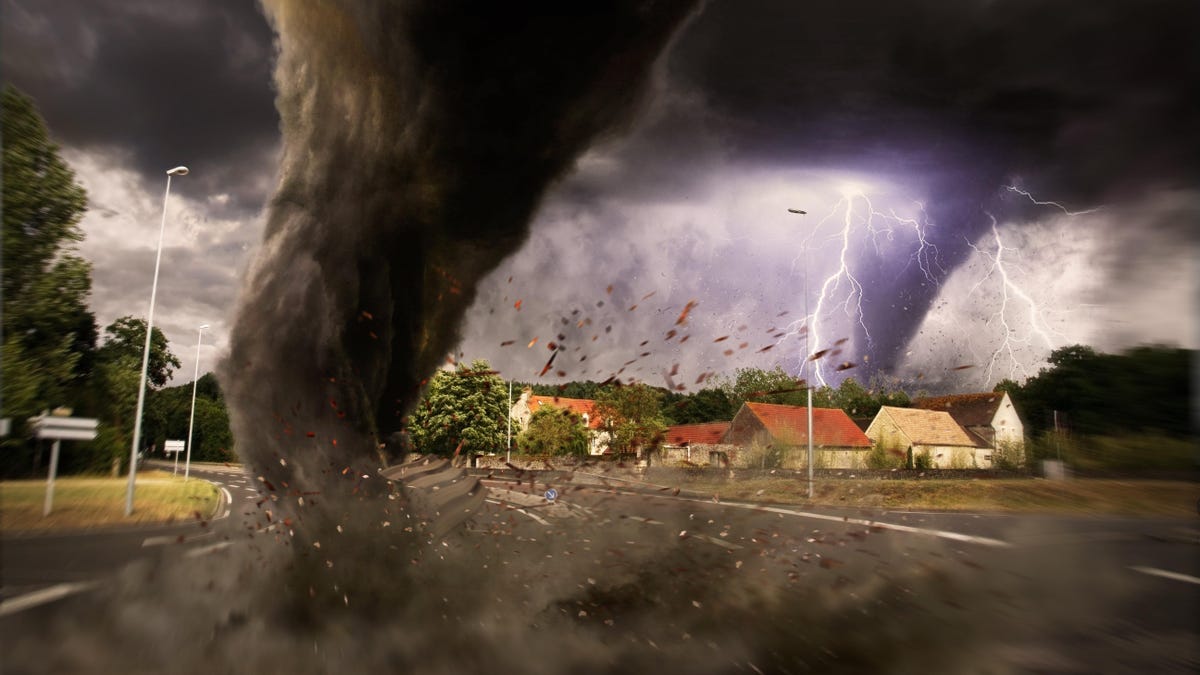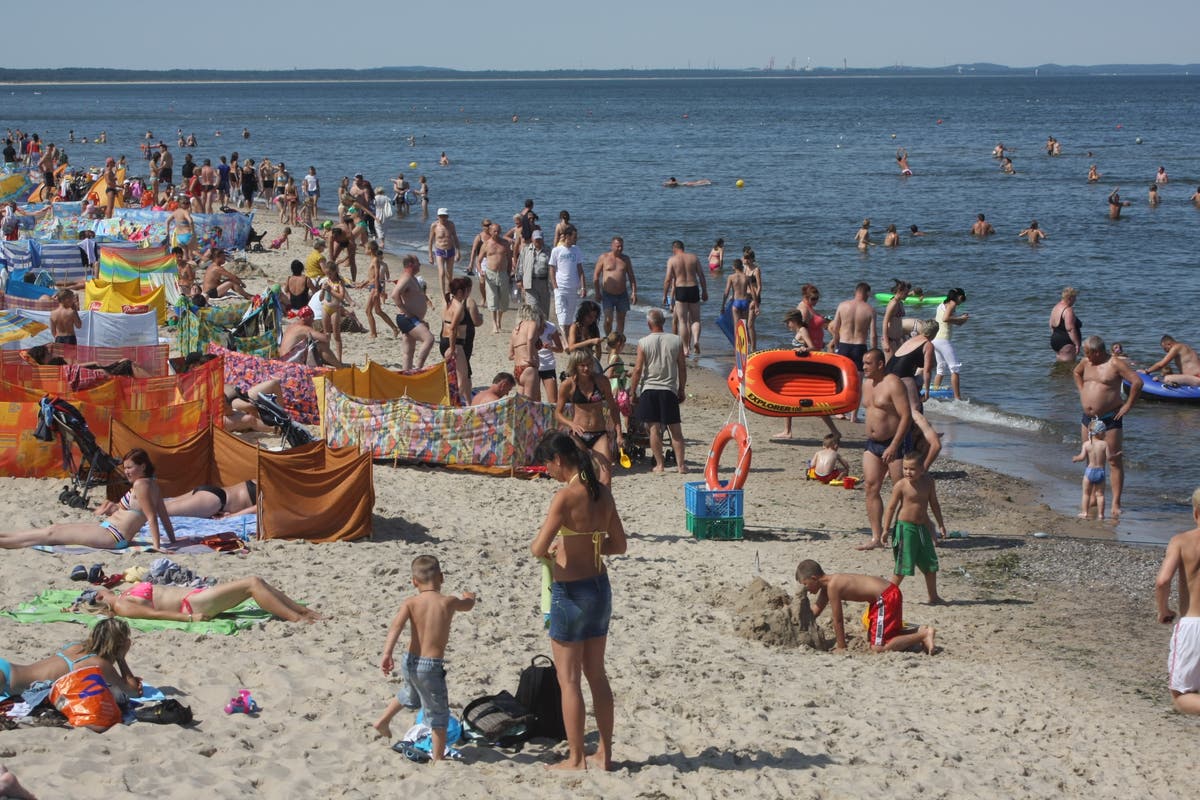How to Survive a Deadly Tornado
Tornados are impressive and terrifying meteorological events born from large thunderstorms. The swirling wind that makes up these vortices can reach speeds up to 300 mph and destroy anything in its path. Deadly!Read more...


Photo: sdecoret (Shutterstock)
Tornados are impressive and terrifying meteorological events born from large thunderstorms. The swirling wind that makes up these vortices can reach speeds up to 300 mph and destroy anything in its path. Deadly!
On the plus side: Twisters don’t kill that many people compared to some other natural disasters—only about 80 people die from tornados in a given year in the U.S.—but you should still prepare, particularly if you live in a tornado-prone part of the country.
What to do before a tornado
To maximize your tornado-survival chances, take these simple steps.
What the National Weather Service’s tornado terms mean
Tornado watch: This means weather conditions for tornadoes are favorable during the next few hours. It usually covers a large area of several cities, counties, or even states. Monitor your information sources closely if you hear this. Tornado warning: This means a tornado has been sighted or has shown up on weather radar. If you hear one of these, it’s time to take action—danger to life and property is imminent.Tornado emergency: This is the Nation Weather Service yelling at you that a tornado is coming and it’s going to get bad. It means significant, widespread damage is expected with a high likelihood of numerous fatalities.G/O Media may get a commission
What to do during a tornado
If you get very lucky, you could have up to an hour of warning that you are in the path of a tornado, but the average warning time is around 15 minutes, which should be plenty of time to either get to your shelter or ask yourself why you were too lazy to build one.
What to do after a tornado
The danger isn’t over when the tornado has passed, especially if it hit your house.
Save your cellphone batteries: Instead of making calls to say you’ve survived, send texts or post on social media. Avoid downed power lines and other dangerous debris: A good rule anytime. Take precautions when cleaning up: Wear heavy gloves, boots, pants, and a mask when cleaning up after a disaster. You would feel pretty dumb getting hurt after the tornado wrecks your house because you were walking around in flip-flops.Common myths about tornados
“Hide under an underpass” It’s actually more dangerous under an underpass because the narrow passage can make the wind speed higher, so do not wait out a storm under an underpass.“I should drive away from it.” You don’t know which way the tornado is going to go—no one does—and you would probably crash into something anyway. So just sit tight. “Seek shelter in the SW corner of the house” People used to think that tornadoes only move Northeast, so the Southwest corner was safest from debris. But tornadoes actually move in any direction.“Open all the windows” Opening all the windows in your house to level out the pressure (or whatever) is not a good idea. It doesn’t work, and you should use that time to get to your shelter instead.“Trailer parks attract tornadoes” Come on. Trailer homes tend to sustain more damage when tornadoes hit them because they are lightweight and lack solid foundations, but they don’t attract tornadoes.

 Konoly
Konoly 































